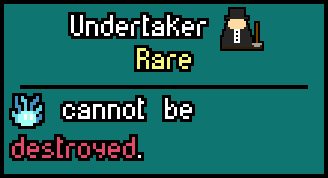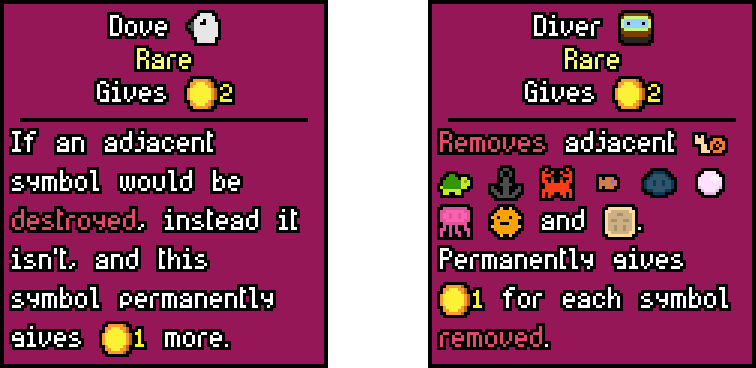Making Rules and Breaking Rules

I've found that a great way to keep games feeling exciting and fresh is to make them break their own rules.
A few years back I was explaining the rules of Magic: the Gathering to a newer player. They would ask yes/no questions that would normally have simple answers, but I couldn't stop myself from ending each confirmation or denial with "Well, usually..."
Player: "Is there only ever one combat phase per turn?"

Me: "Well, usually..."
"Are cards that have been exiled impossible to interact with?"

Me: "Well, usually..."
"So a player with zero or fewer life points loses the game?"

Me: "Well, usually..."
You get the idea.
That having been said, if every card in Magic broke the rules of Magic, none of the rules would even mean anything anymore. That's why breaking rules sparingly is not only exciting, it's something newer players can still handle. It's also very important that players know when a rule is being broken.
The mechanics of a Magic card can always be read on the card itself. Reading the card does, in fact, explain the card. If a game doesn't allow players to easily view the rules of a mechanic at times when it's relevant, it becomes much harder to break the rules of said mechanic without confusing the player.

Imagine if, for Luck be a Landlord, I made the descriptions of symbols and items only appear once per game. Countless players would ask why their Spirits weren't being destroyed because they didn't remember what the Undertaker item did. But if I didn't make it so they could hover over the Undertaker item to check what it does, it'd be my fault, not the player's.
One of the best examples of a rule being broken a bit confusingly in Luck be a Landlord is the interaction (or non-interaction) between the Dove and the Diver.

Since the Dove prevents symbol destruction and the Diver removes symbols, the Dove won't prevent the Diver from removing a symbol adjacent to it. I view this as a bit of a design failure on my part. I'm used to games using keywords, and I thought having the words "destroy" and "remove" in different colors would be enough for players to notice that they were mechanically different.
Unfortunately, this wasn't the case and this is one of the most reported bugs in the #bug-reports channel of the game's discord (even though it's working as intended).
If I were to change the Diver symbol, I would have text at the end that says something along the lines of "(This does not destroy the symbol)."
There are plenty of rules in games that are broken, often leading to some of the most memorable moments for the players themselves. A game designer just needs to make sure the player feels a sense of "Ha! Gotcha!" and not "Wait, what just happened?"